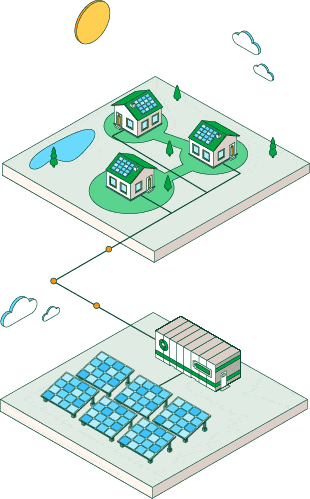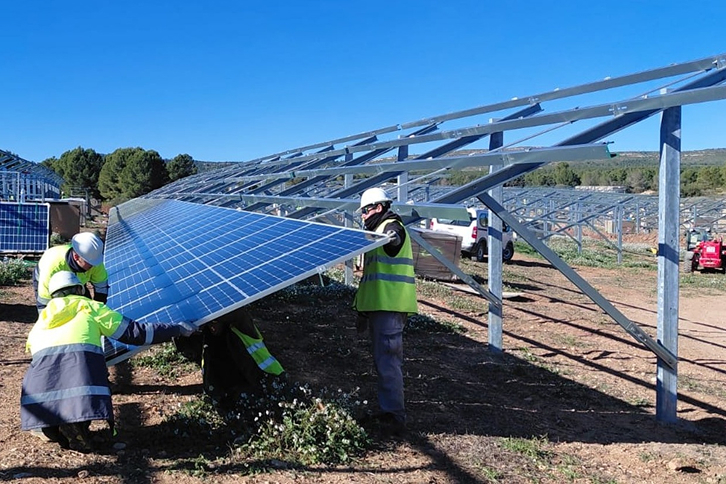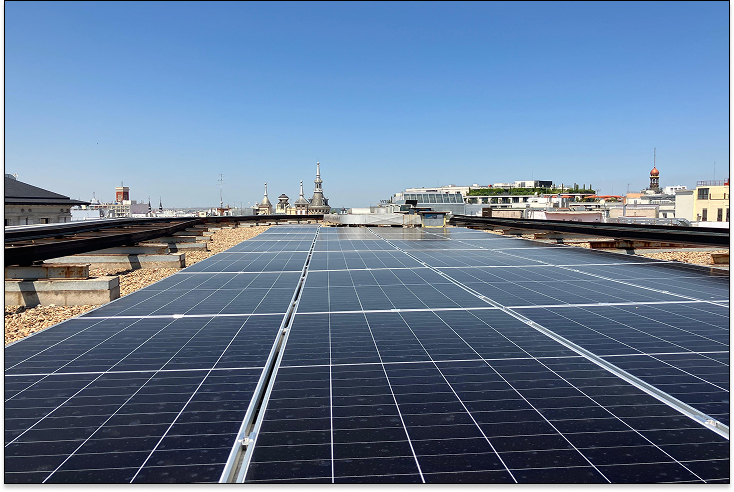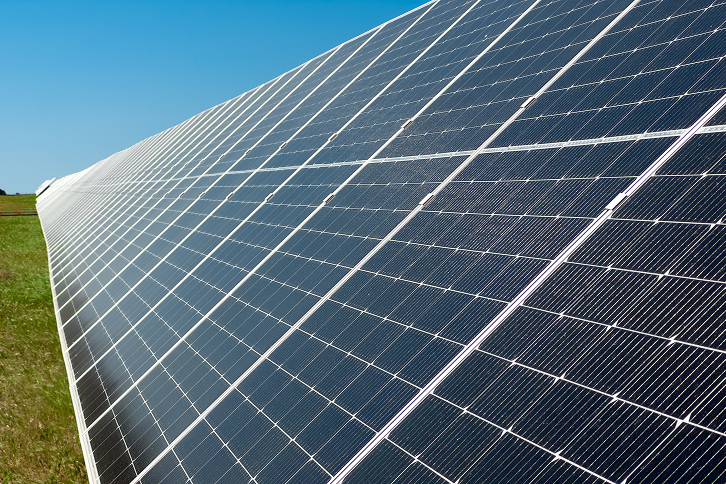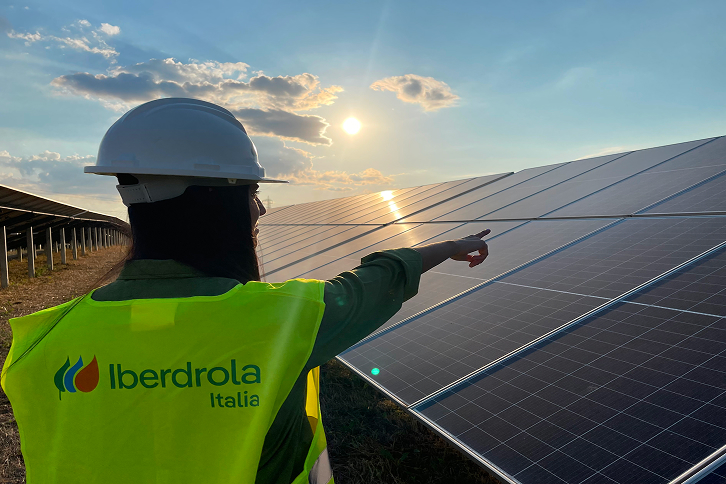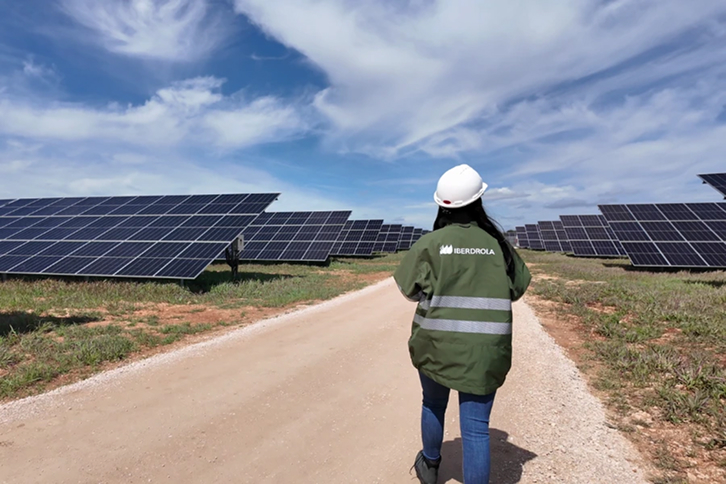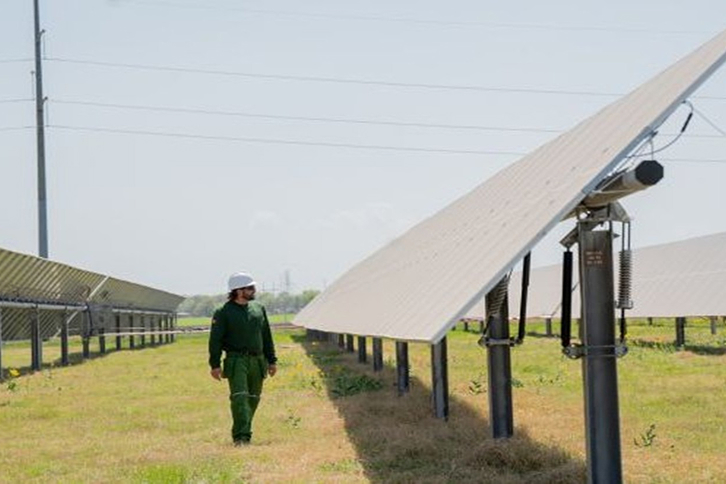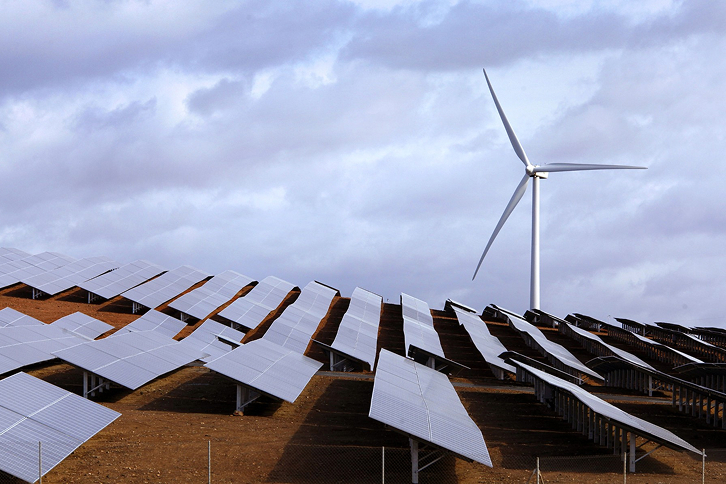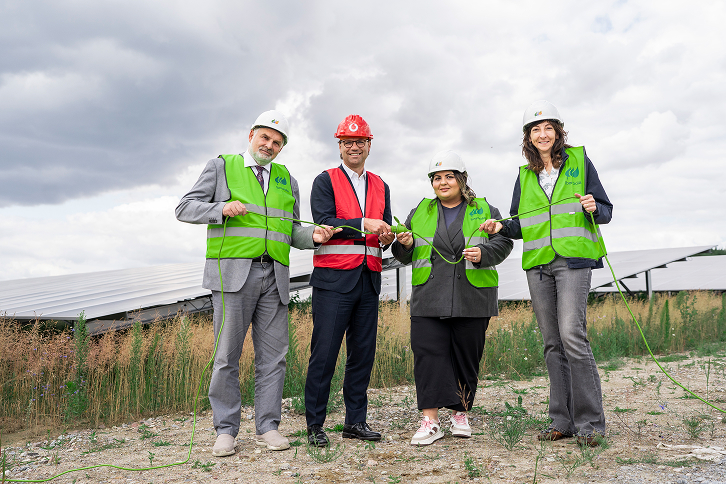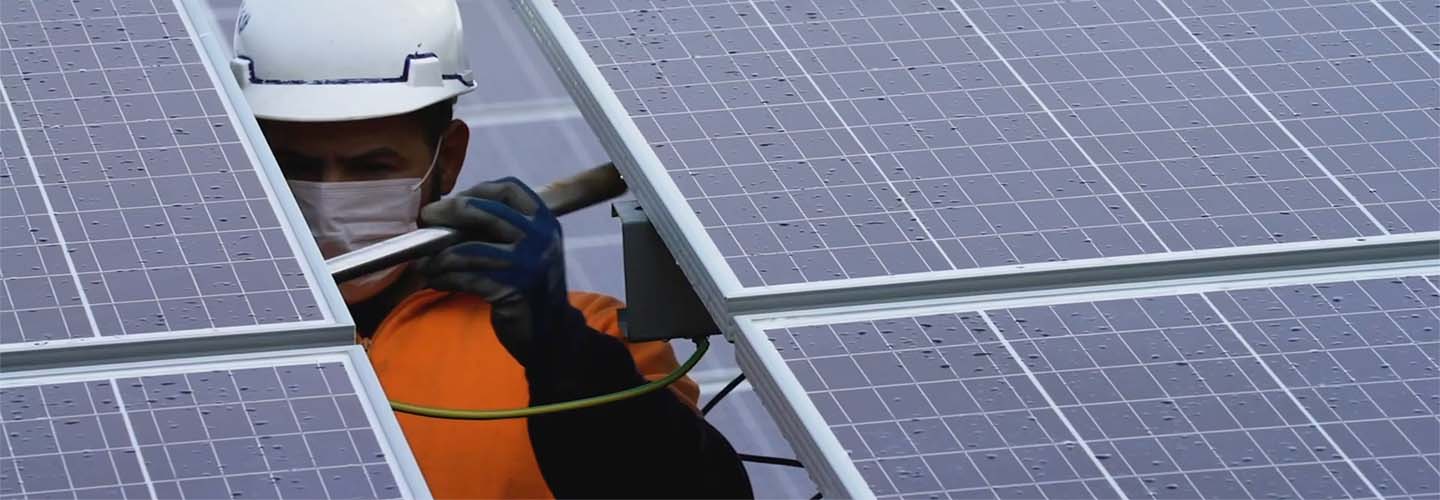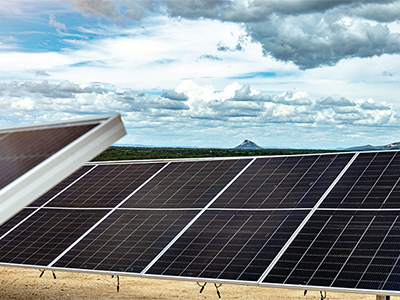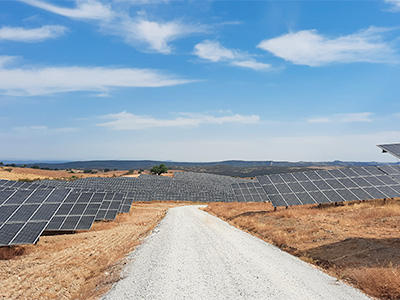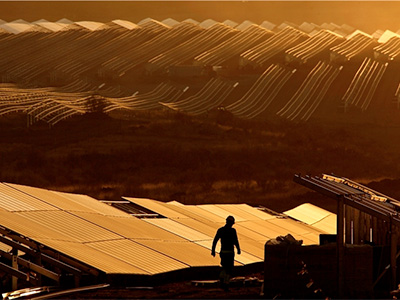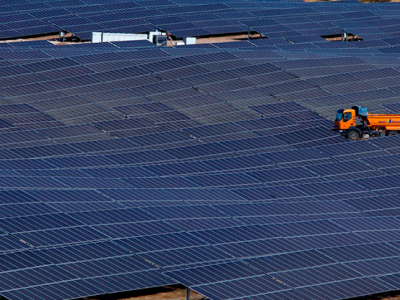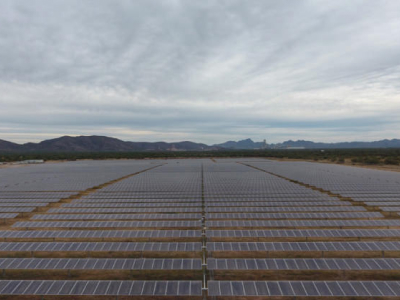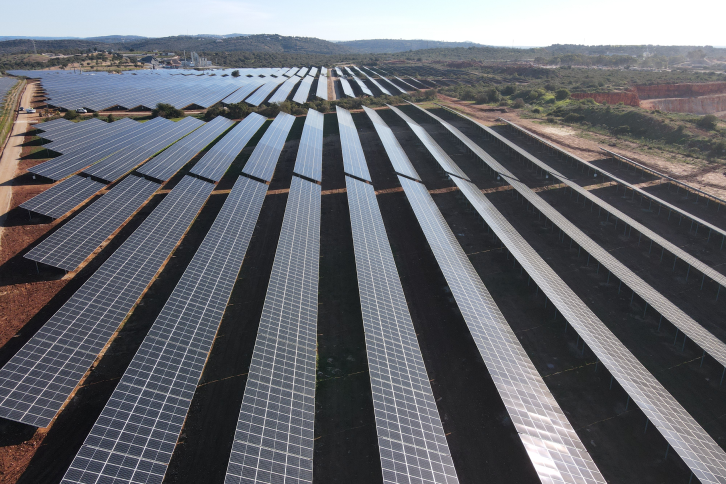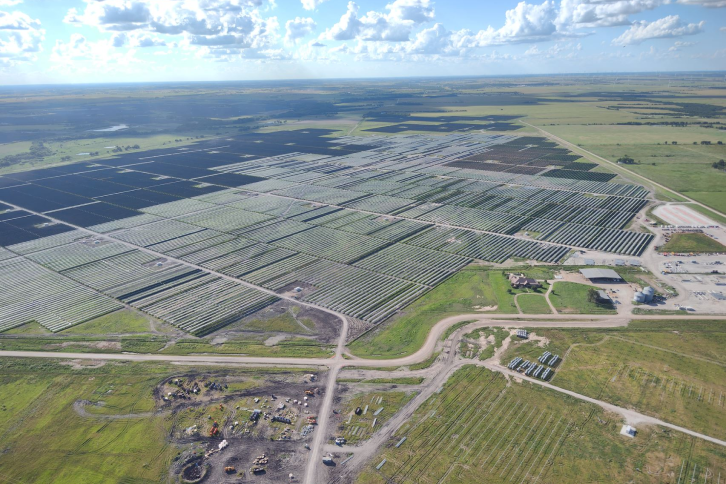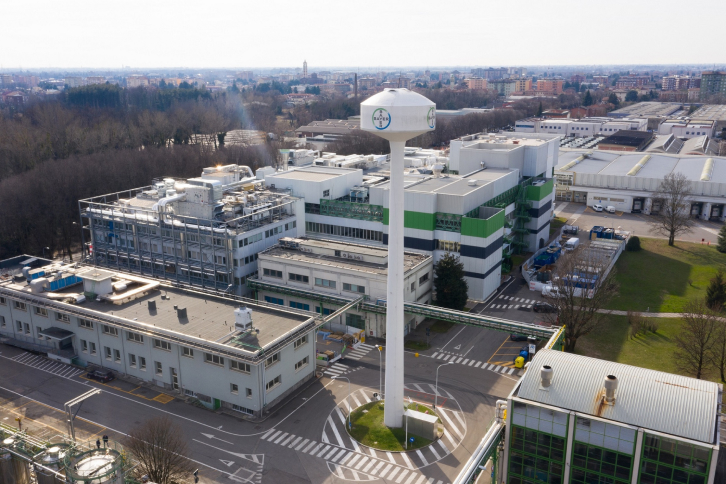-
The Montechoro I and II PV plants, located in the Algarve region of southern Portugal, have been completed and now contribute to the country's renewable energy production capacity. With a total installed capacity of 37 megawatts (MW) and a...
-
Facebook Iberdrola increases its renewable production in Portugal with two new photovoltaic plants
-
Twitter Iberdrola increases its renewable production in Portugal with two new photovoltaic plants
-
Linkedin Iberdrola increases its renewable production in Portugal with two new photovoltaic plants
-
Whatsapp
Iberdrola, through its US subsidiary Avangrid , has begun producing clean energy at its True North photovoltaic plant, the first it has installed in the state of Texas. The company has already commissioned 20 MW of the 238 MWac (321 MWdc) that...
-
-
Iberdrola, through its US subsidiary Avangrid, has begun the installation of its Powell Creek solar project in the state of Ohio. The new plant will have a capacity of 202 MWdc generating enough clean energy to power 30,000 homes annually....
Iberdrola, through its subsidiary in Spain, and Burger King® have signed a new long-term Power Purchase Agreement − known as PPAs −. Iberdrola will supply 1,500 Gigawatt hours (GWh) of clean energy from the Francisco Pizarro photovoltaic...
-
Iberdrola and German pharmaceutical giant Bayer have extended their partnership, signing a green power purchase agreement (PPA ) in Italy for 11 years from January 2025, for a total of 33 GWh over the period. The agreement expands the...
-
Facebook Iberdrola expands its alliance with pharmaceutical giant Bayer to supply green energy in Italy
-
Twitter Iberdrola expands its alliance with pharmaceutical giant Bayer to supply green energy in Italy
-
Linkedin Iberdrola expands its alliance with pharmaceutical giant Bayer to supply green energy in Italy
-
Whatsapp
Iberdrola Deutschland and Salzgitter Flachstahl GmbH have concluded a further power purchase agreement (PPA) for 15 years. From 2025, Iberdrola Deutschland will supply Salzgitter Flachstahl GmbH with around 60 gigawatt hours (GWh) of green...
-
Facebook Iberdrola Deutschland seals PPA with Salzgitter Flachstahl GmbH: Iberdrola's second solar park in Germany will supply more than 900 GWh of green electricity
-
Twitter Iberdrola Deutschland seals PPA with Salzgitter Flachstahl GmbH: Iberdrola's second solar park in Germany will supply more than 900 GWh of green electricity
-
Linkedin Iberdrola Deutschland seals PPA with Salzgitter Flachstahl GmbH: Iberdrola's second solar park in Germany will supply more than 900 GWh of green electricity
-
Whatsapp
-







